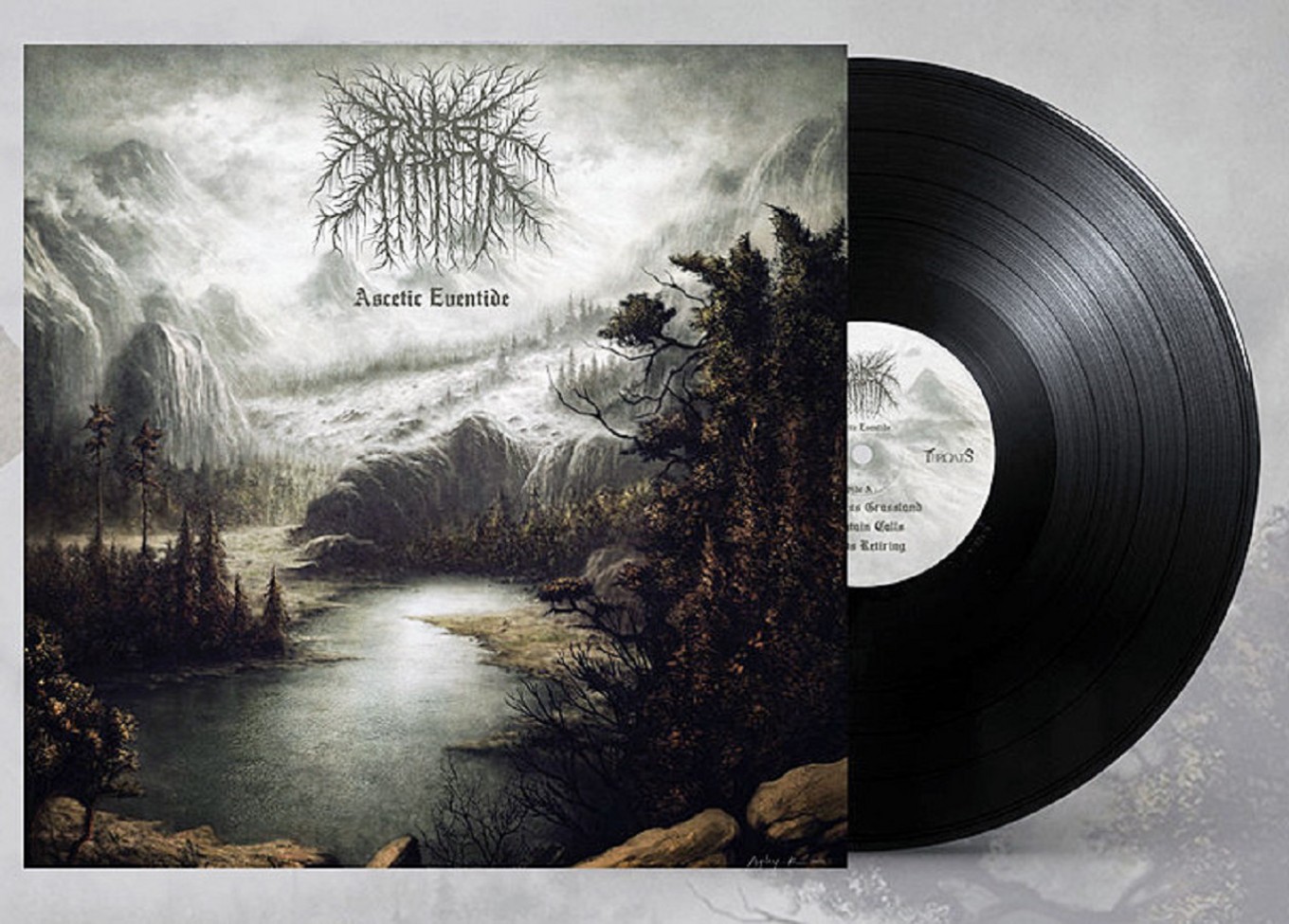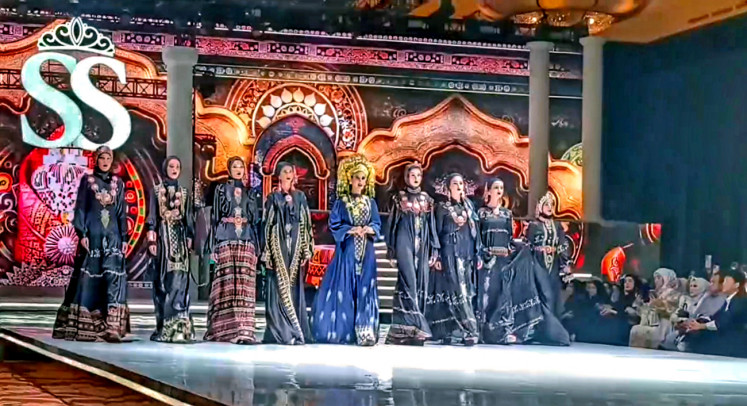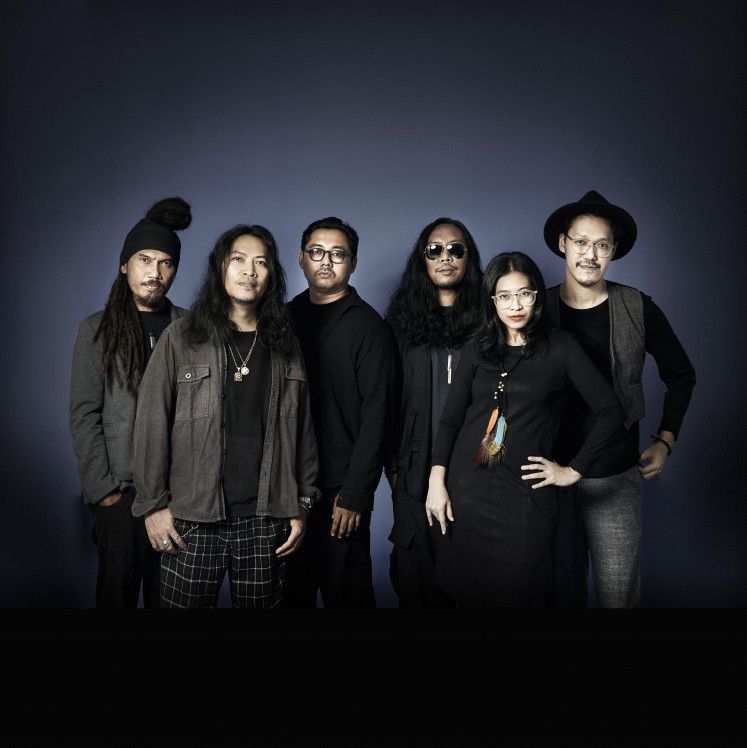Album Review: Ascetic Eventide by Pure Wrath
At once introspective and outwardly brutal, Ascetic Eventide brims with atmosphere — a resoundingly emotional piece of melancholic metal songwriting.
Change Size
 At once introspective and outwardly brutal, Ascetic Eventide brims with atmosphere — a resoundingly emotional piece of melancholic metal songwriting. (Hitam Kelam Records/File)
At once introspective and outwardly brutal, Ascetic Eventide brims with atmosphere — a resoundingly emotional piece of melancholic metal songwriting. (Hitam Kelam Records/File)
B
lack Metal band Pure Wrath has released one the best local albums of the year so far, but not many people here seem to have notice. At once introspective and outwardly brutal, Ascetic Eventide brims with atmosphere — a resoundingly emotional piece of melancholic metal songwriting. Perhaps it is these disparate elements that have made it such an underrated piece of work.
Ascetic Eventide, which is also the band’s debut, was released by Hitam Kelam Records in Indonesia and Throats Productions in Mexico, in both compact disc and cassette format. With the help of the Internet, it has found some mild-appreciation overseas.
A one-man band, Pure Wrath is the product of Bandung musician Januaryo Hardy, a sound engineer who performed and recorded the whole album by himself at his Insidious Lab studio.
Though running for only six songs, Januaryo manages to make Ascetic Eventide feel like a complete journey. The expected elements of the Black Metal genre are found here; screechy, devilish vocals layered between blankets of distorted guitars and intense blasts of drumming.
Presented with a sound that is somewhere between the low-fidelity gloom of early nineties Black Metal (mostly from Europe) and its more-modern equivalent, the record feels terrifying in some aspects and beautiful in others.
The minor-scale guitar lines rest comfortably atop the heavy metallic textures of the rhythm section. Ambient pads and nuance-filled piano tinkling add a lot of atmosphere, bringing Pure Wrath closer to the theatrical edges of Black Metal and Goth.
“In Cold World” moves at a purposeful pace, like the soundtrack to a werewolves-and-ghouls fantasy film, shifting between simple chords that are so distorted as to sound like they are crumbling out of a broken speaker.
Field recordings of what-sounds-like crows ends the track on a cinematic note. Other tracks like “Clouds Retiring” and “Pathetic Fantasies” meanwhile, crush from the get-go, heaping on blast-beat drumming and desperate from-the-grave shrieks, all engulfed in doleful guitar riffs.
“Black Metal presents a wide variety of melodic choices — more so than Death Metal or genres of its roots,” explains Januaryo, who refers to the violent, murderous early history of Norwegian Black Metal as lending a sense of the “essential” to the music, for better or worse. (Church burnings and violent crimes that included murders occurred in the early nineties, when Norwegian Black Metal acts somewhat brought the genre to the mainstream).
Januaryo himself listens to a variety of Black Metal music, including Folk Black Metal, Atmospheric Black Metal, to Post Black Metal. He eschews the satanic imagery and perspectives that are often attached to the genre.
“Inserting other elements into Black Metal music is actually quite simple. Because the music is melodic, rhythmic, with a percussive element that is somewhat folk-like,” Januaryo says, pointing to the debut album of Norwegian band Ulver as being filled with Nordic “folk-like” influences.
“That’s what makes Black Metal so special and all-encompassing,” says Januaryo, “It doesn’t always have to explicitly be about satanic elements or anti-religious sentiments, even if, yes, at the beginning the genre did play with imageries of evil, misanthropy and isolation.”
The Bandung musician feels like those early days of Black Metal were driven by young musicians who were going through a period of wanting to be more extreme than Death Metal.
“Personally, I don’t really care about the must-do’s of Black Metal, in terms of its traditional [corpse-like face paint and black garb] look. Even though I am a huge fan of bands that wear corpse-paint, war paint, leather, blood, or spikes. For me, the music represents those elements by itself and stands on its own two feet.”
Lyrically, Januaryo draws on his personal life experiences.
“I tend to use metaphors and poetics to sing about my perspectives on life and the relationship between humans and nature. I admire nihilism, atheism, and other ideas in opposition to occult-like ideas, especially those that are common and conventional,” he says, adding that it matters little to him whether or not his listeners will understand or agree with the things he sings about.
Though the album’s recording took only 4 months to complete, the lyrical and thematic process took 2 years — as Januaryo’s ideas continued to evolve. The end goal was to make something that was a true expression of his soul.
“For me, music is a tool to sound as free as you want to be. Whether it is a political thought or a spiritual one, everything can be expressed however and in whatever way you would want it to.”









